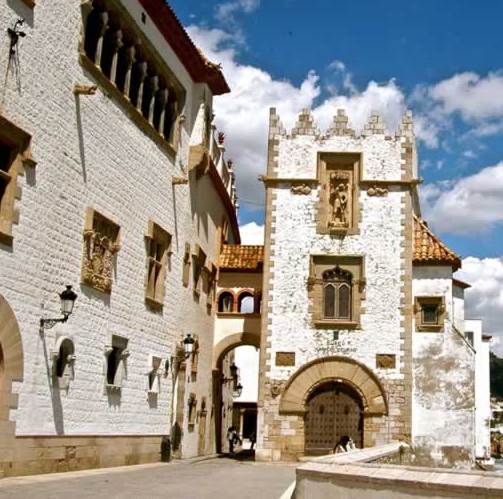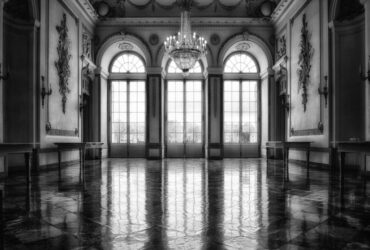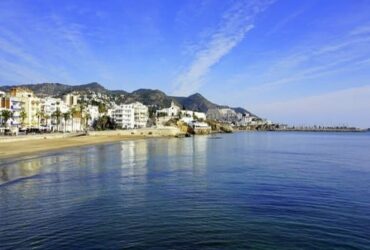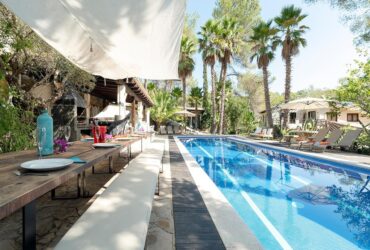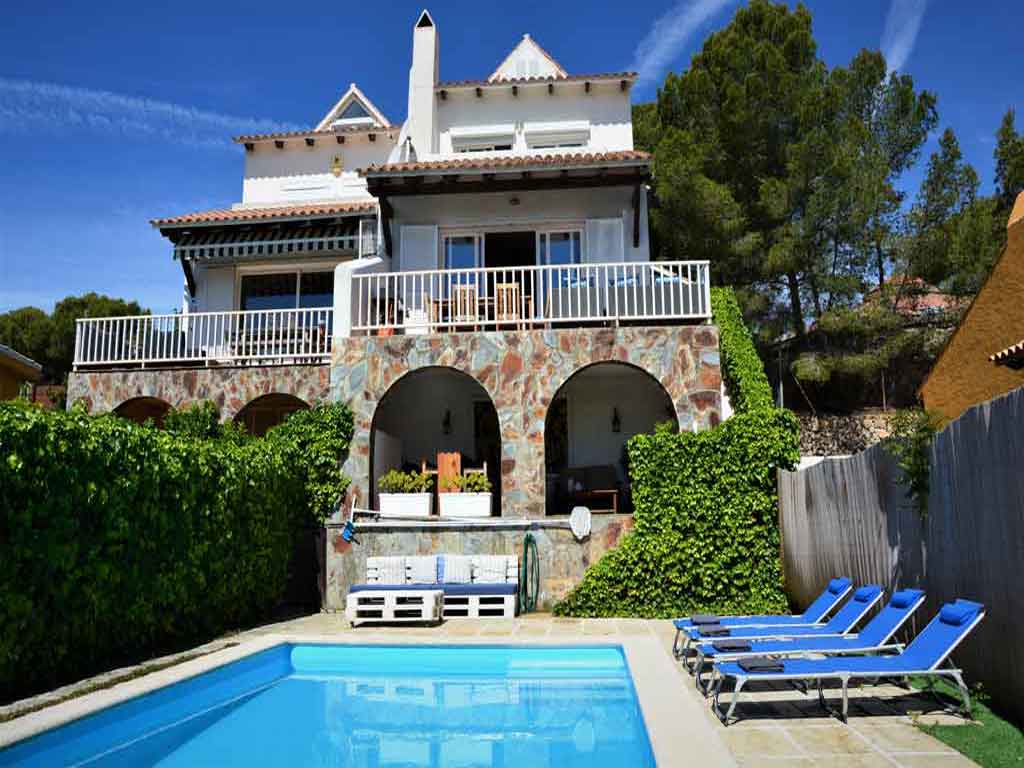1. Modernist buildings in Sitges
Visit Sitges; Sitges is a city marked by the “Americans” or “Indians” who, at the end of the 19th and beginning of the 20th century, returned from their adventure of the colonies. They were people who had left their countries in order to earn money. So they had been to the Spanish colonies of Cuba, the Philippines and Puerto Rico and they managed to get rich!
Upon their return, much of the wall that protected Sitges was demolished. So the Indians began to build new houses. Many of the buildings that were built in the Old City were in the Modernist style, although it can be seen that there are other mixtures of styles from the time.
During your visit, you will find a multitude of houses with these floral decorations one of the characteristics of modernism.
2. White Houses of Fishermen
We advise you to visit the fishermen’s quarters. In the past, fishermen’s houses were distinguished by their white facades. That is why none of the modernist buildings in the old town are painted white. Indeed, they were looking for other shades to distinguish themselves socially.
Today, this has changed and much of the charm of the city is that most houses keep this harmony of white facades with blue touches.
3. Palacio Maricel Museum
Originally, at the Palau Maricel site, there were 8 fishermen’s houses. Charles Deering, a very wealthy man, bought these houses in order to put his large art collection. He also bought the old hospital, right next to the houses and made it his home. He covered the walls with works of art from many parts of the country by contemporary artists of the time.
The Palacio Maricel Museum is open from Tuesday to Sunday, from 10am to 8pm from July to September, from 10am to 7pm in April, May, June and October and from 10am to 6pm from November to March, the museum is closed to visitors on Monday. On Sundays, there are guided tours, at noon in Catalan and at 1pm in Spanish, although opening hours are extended in summer.
4.Cau Ferrat Museum
The Cau Ferrat Museum is perhaps the most important museum in the city of Sitges. You will find works of Picasso as well as El Greco. In fact, the museum is located in what was once Santiago Rusiñol’s studio. He is considered to be one of the most important modernist artists in Catalonia. So there are many works of this brilliant modernist artist. You will notice that the walls of this workshop house are painted in the same blue as the patios of the fishermen’s houses.
5. Church of Sant Bartolomeu
The spectacular church of Sant Bartolomeu is one of the most characteristic monuments of the city. At the beginning of the walk and next to the marina, the church is located on the top of a hill, along the entire length of the Sitges coast.
It is a baroque church. In the past there were several churches that unfortunately did not withstand the ravages of time. Its great heritage is above all its altarpieces and two bell towers. Do not forget to visit the back of the church from where you can see one of the city’s few preserved medieval walls. At night, the church is subtly illuminated and provides a beautiful image for photography lovers.
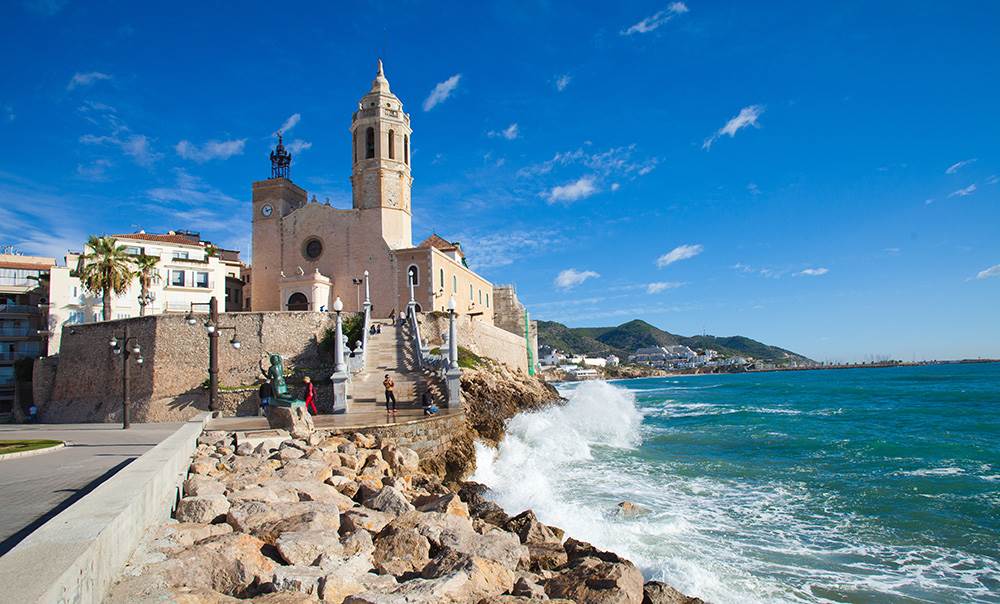
6. Houses of indianos in the Paseo Marítimo
The walk is not just any place, since most of the buildings are small hotels in the style of colonial villas. As you leave the port and hotel area, you will see houses built by the Indians who returned from America.
Although not all houses date from colonial times, many of the hotels you will find have been built in an attempt to reproduce this architectural style. Do not expect the entire promenade to have a uniform succession of colonial houses, some modern houses worth several million euros blend in with other facades from the colonial era. If you like walking, there is Terramar Park at the end of the walk. It worths a visit


